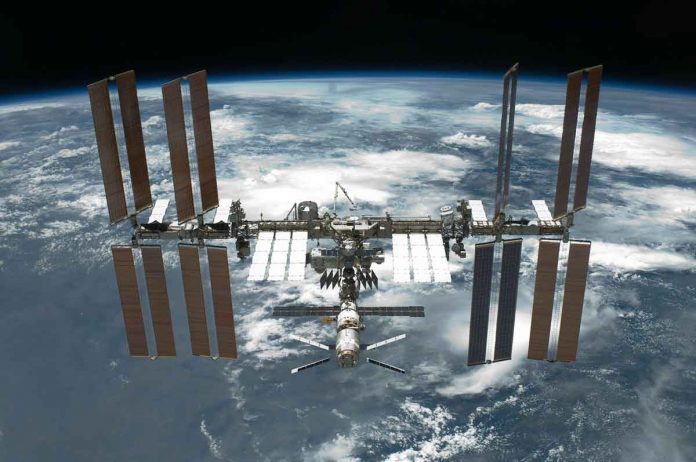Scientists on Earth will soon see our planet’s atmospheric dust sources in high resolution. A new state-of-the-art imaging spectrometer which is developed by NASA’s Jet Propulsion Laboratory (JPL) and Cornell University, aims to survey the land surface from 250 miles above us on the orbiting International Space Station.
The instrument’s launch aboard a SpaceX Dragon re-supply mission to the ISS is scheduled for June 7 from the Kennedy Space Center in Cape Canaveral. Scientists want to better understand how atmospheric dust contributes to the heating or cooling of the Earth. They are trying to characterize the dust particulates that are blown from the surface into the atmosphere. One of the biggest uncertainties in the climate system comes from aerosols and dust aerosols are both important aerosols for climate change.
The imaging spectrometer is the science instrument for the Earth Surface Mineral Dust Source Investigation mission which is also known by the acronym EMIT will measure the composition of minerals from Earth’s deserts that typically become airborne atmospheric dust.
There are many varieties of atmospheric dust. Those that contain iron oxides have dark hues that can warm the atmosphere. Clay or carbonate dust reflects sunlight and can cool the atmosphere. The instrument will measure light in visible and infrared wavelengths. The mission expects to gain more than 1 billion usable spectroscopic measurements.
The new high-resolution data set for examining mineral dust source composition from EMIT will be comprehensive. Remote sensing is the way to get coverage everywhere. Scientists will have better estimates of the dust composition and radiative forcing to know whether these dust aerosols are warming or cooling our atmosphere.

